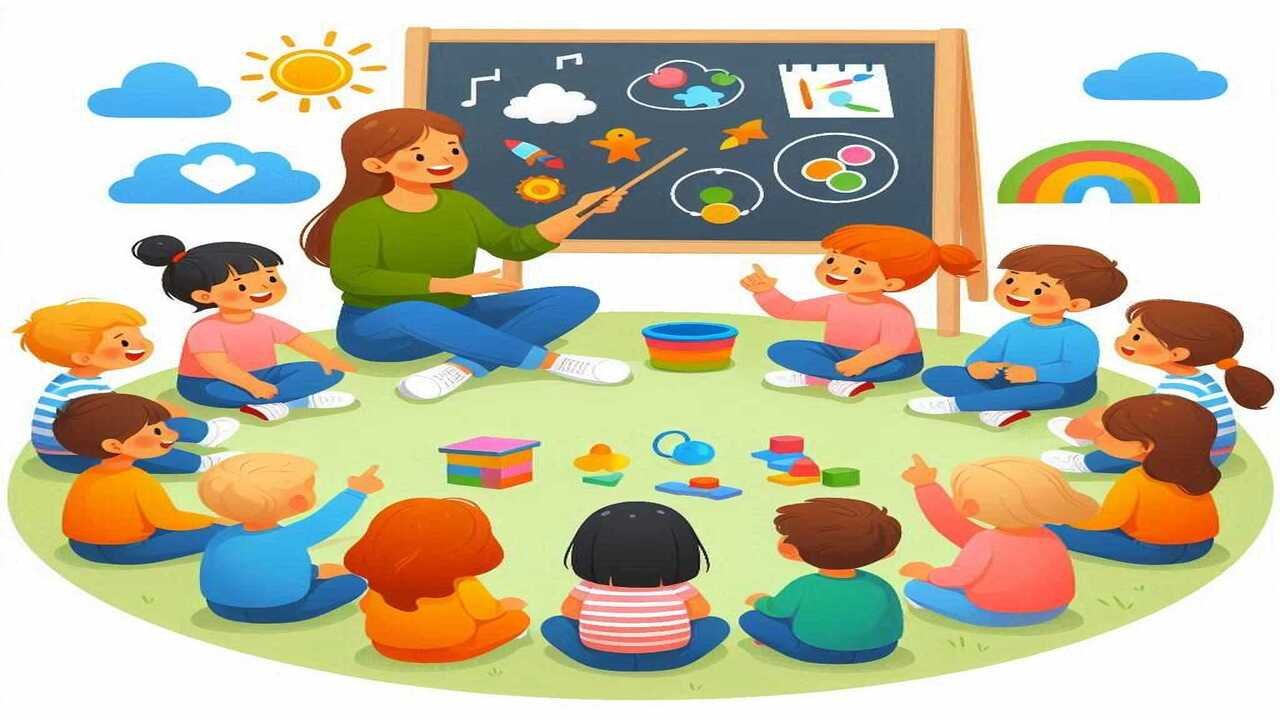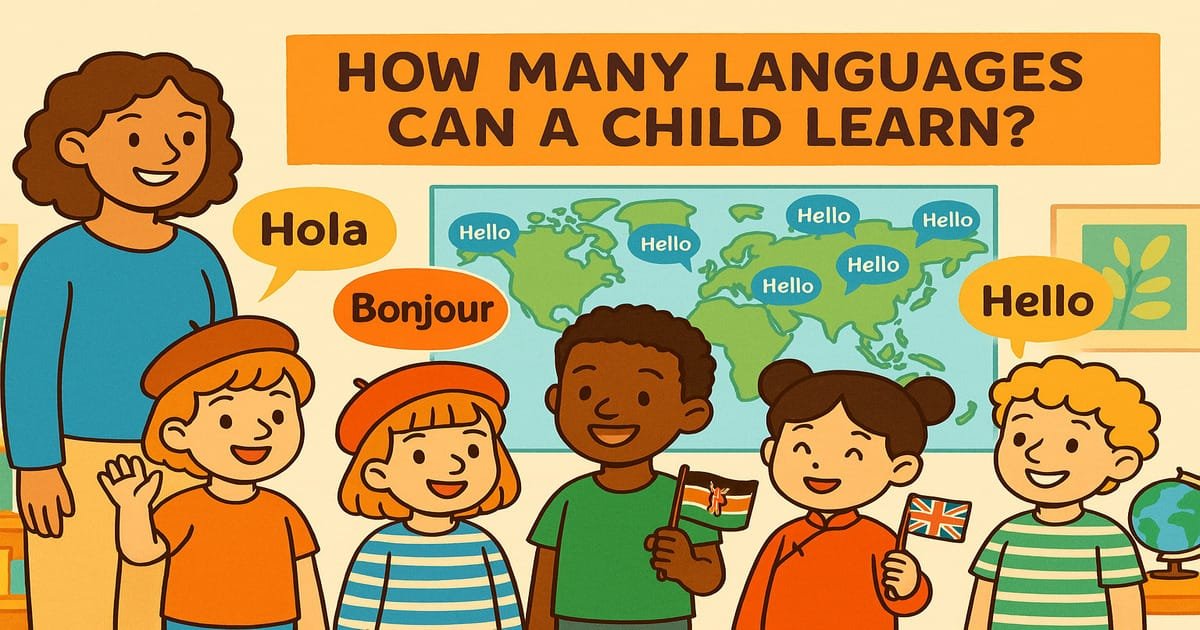In the world of education, teaching concepts have become very important. It’s better than simply memorizing facts. Conceptual learning helps students think critically. It teaches them how ideas are linked and organized. This stands against the old ways of just memorizing facts and examples.
So, what’s the difference between a concept and a topic really? A concept is a big, wide, and universal idea, like culture or migration. Topics are more specific, like penguins or the Egyptian pyramids. Teaching concepts gives students knowledge they can use in many different ways.
It’s important to know the difference in what we teach. Facts and skills are very specific, but concepts are about understanding deeper relationships. This kind of learning lasts longer because it covers bigger ideas and processes. It can be used in lots of different situations.
Key Takeaways
- Concept learning is about helping students think critically, not just memorizing.
- Concepts are big, abstract ideas that make us understand a lot more, while topics are narrower and focused.
- Teaching concepts lets students learn in ways they can use across different subjects and times.
- It’s important for students to understand how things are related, not just remember isolated facts.
- Good concept teaching makes students better at learning on their own, and prepares them well for the future.
Understanding the Concept of Teaching Concepts
Conceptual teaching is about understanding what concepts really are. Concepts are big, abstract, and not limited by time or place. They spark curiosity and help us learn more deeply. For example, “culture” covers traditions, beliefs, and norms worldwide. But “the Egyptian pyramids” is focused on something specific.
Defining Concepts
Concepts form the foundation for deep understanding. They let people see the big picture and connections within a subject. Instead of just remembering facts, they offer a way to link things together. When students learn concepts vs topics, they improve their thinking and problem-solving. This prepares them to use what they know in real life.
Differences Between Concepts and Topics
The difference between concepts and topics is key for teaching and learning well. Unlike concepts, topics are specific and based on facts. Concepts are broader and can fit into different situations. Teaching through concepts helps students understand deeply. They can use their knowledge in many ways, making it stick for the long term.
Why Teach Concepts Instead of Topics?
Learning through concepts has many advantages. It moves education beyond just facts to deeper understanding. This prepares students for success in the future. Also, they learn to organize information themselves. This is better than only memorizing. This method builds a strong foundation that works in all subjects, making their learning more valuable.
What is an example of teaching concepts?
Teaching the concept of an apple shows how teachers can make lessons more engaging. Instead of only listing facts, they show how an apple fits into the world of fruit. This helps students see the bigger picture and understand how ideas are connected.
Teaching the Concept of an Apple
At the start, a teacher might talk about different fruits like oranges and bananas. The class can figure out what makes them all fruits. This shows the general idea of “fruit.”
Then, the teacher can focus on the apple. They discuss why apples are similar to other fruits but also very unique. It’s a way to link the apple to a bigger story of fruits.
Connecting Concepts to Real-World Examples
Teachers can also link the apple lesson to real life. They might bring in different kinds of apples for the class to see. Students can compare apples like Fuji and Gala. This makes learning more fun and helps students really grasp the concept of fruit.
Benefits of Conceptual Teaching
Conceptual teaching has many benefits for students. It focuses on teaching big ideas. This helps students think critically, learn on their own, and see how ideas connect across different subjects.
Developing Critical Thinking and Problem-Solving Skills
In this approach, students go beyond simple facts. They learn to think deeply and see relationships among ideas. This critical thinking prepares them for complex problems in college and life.
Fostering Independent Learning
By focusing on concepts, students learn to organize information. They also make connections on their own. This way of learning makes students in charge of their education. It helps them dive into topics deeply and keeps them curious for life.
Building Conceptual Understanding Across Subjects
Working with concepts goes beyond single subjects. It lets students connect ideas from different areas. Through this, students see the big picture and can use their knowledge in many ways.
Strategies for Teaching Concepts

As we don’t just want students to memorize facts, teaching has evolved. An approach known asinquiry-based learning
encourages students to find answers on their own. It values the use ofhands-on activities and real-world examples
. It also supports open talks andquestioning and discussion
in the class.
Using Inquiry-Based Approaches
Using inquiry to teach concepts is a powerful tool. It lets teachers pose questions for students to find answers. This method makes students look for understanding. It helps them use their critical thinking. As a result, students often understand the lesson’s core ideas more deeply.
Incorporating Hands-On Activities and Real-World Examples
Learning concepts is more fun with hands-on activities and real-world examples. Things like experiments and case studies can show the practical side of theories. This not only makes lessons more interesting but also helps students remember how to use the knowledge.
Encouraging Questioning and Discussion
Questioning and discussion are key to teaching well. When students ask questions and talk about the topic, they learn more. They challenge their own ideas. This makes the learning process very active for them.
By combining these methods, education becomes powerful. Students learn to think and solve problems. These skills are very important for their future in college and their careers.
Assessing Conceptual Understanding
It’s key to evaluate students’ grasp on concepts instead of just rote memorization. This is vital for ensuring deeper knowledge. Teachers use formative and summative assessments to constantly check their students’ understanding throughout learning.
Formative Assessments for Monitoring Learning
Formative assessments like observations and class talks help teachers see how kids are understanding lessons. These methods let teachers adjust their teaching to ensure students build a strong foundation.
Summative Assessments for Evaluating Conceptual Mastery
Summative assessments evaluate students’ big-picture understanding at a lesson’s end. They involve tasks that put the students’ knowledge to the test in practical ways. This offers a better insight into how well they really understand the concepts.
Using both kinds of assessments helps teachers keep an eye on their students’ learning. It helps make sure students are gaining skills like critical thinking and problem-solving, crucial for their future success in higher education and beyond.
Conclusion
Teaching isn’t just about remembering facts; it’s about understanding ideas. This helps students think critically and solve problems. When teachers focus on teaching concepts, students can connect different subjects and learn how to learn on their own.
Teaching concepts means learning deeply about how ideas are connected. It helps you understand the big principles that guide learning. This method gets students ready for college and teaches them to keep learning for their whole life.
The main points of this article stress using certain methods to help students learn. Things like asking questions, doing activities, and talking about what they’re learning can make a big difference. It’s also important to check how well students are understanding through different kinds of tests.
Using conceptual teaching can make a big difference in students’ lives. It helps them think clearly and solve tough problems. This is what good education is all about. It’s a mission we should all be passionate about.
FAQ
What is an example of teaching concepts?
A good example is teaching the concept of an “apple” within the “fruit” category. Instead of just memorizing an apple is a fruit, students learn its unique traits. They explore different apple types and why they are fruit.
What is the difference between a concept and a topic?
Concepts are big, timeless ideas that deepen learning, like “culture.” Topics are specific, like “penguins.” For example, “culture” is a broad concept, but “penguins” is a single topic.
Why is it better to teach concepts instead of topics?
Teaching concepts boosts skills like critical thinking and problem-solving. It helps students learn more independently. They understand ideas that work across all subjects.
What are the benefits of conceptual teaching?
It enhances critical thinking and problem-solving. Students can break down ideas and find connections. This kind of learning helps them study on their own and understand different subjects better.
What are some effective strategies for teaching concepts?
Using inquiry-based teaching is great. It involves guiding students to explore concepts on their own. Activities and real-world examples make learning fun and practical. Also, encouraging questions and discussions deepens their understanding.
How can teachers assess students’ conceptual understanding?
They can assess during the unit with observations and questions. For final evaluation, tasks or open-ended questions work well. This approach checks if students really get the concepts.





